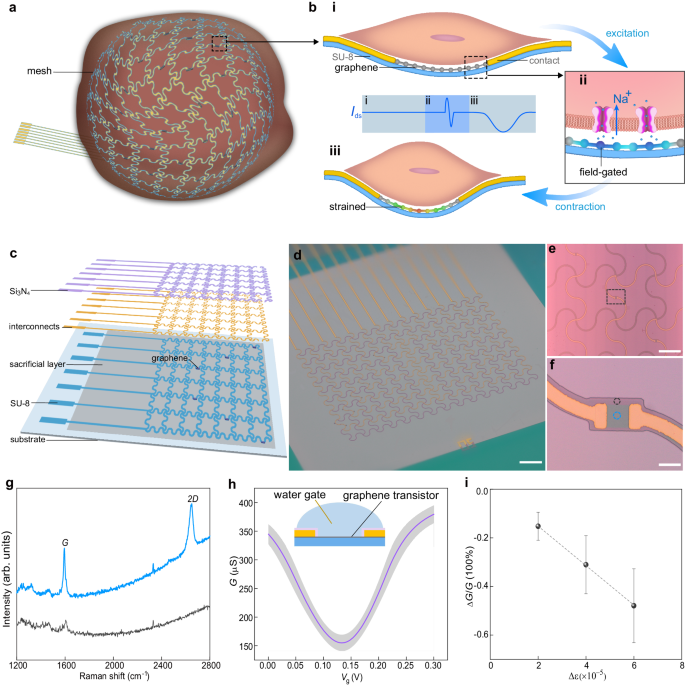2024-03-21 ペンシルベニア州立大学(PennState)
<関連情報>
- https://www.psu.edu/news/research/story/two-keys-needed-crack-three-locks-better-engineered-blood-vessels/
- https://www.cell.com/stem-cell-reports/fulltext/S2213-6711(24)00044-4
SOX17とFGF2を用いてヒト多能性幹細胞を内皮前駆細胞に直接プログラミングする Direct programming of human pluripotent stem cells into endothelial progenitors with SOX17 and FGF2
Michael W. Ream ,Lauren N. Randolph,Yuqian Jiang,Yun Chang,Xiaoping Bao,Xiaojun Lance Lian,
Stem Cell Reports Published:March 21, 2024
DOI:https://doi.org/10.1016/j.stemcr.2024.02.006
Highlights
•scRNA-seq analysis of EPs identifies differential expression of three SOXF factors
•Overexpression of SOX17 can enhance CHIR99021-mediated EP differentiation
•Overexpression of SOX17 alone is sufficient to generate 50% CD34+VEC+ EPs
•FGF2 can enhance EP programming via SOX17, yielding 90% CD31+CD34+VEC+ EPs
Summary
Transcription factors (TFs) are pivotal in guiding stem cell behavior, including their maintenance and differentiation. Using single-cell RNA sequencing, we investigated TFs expressed in endothelial progenitors (EPs) derived from human pluripotent stem cells (hPSCs) and identified upregulated expression of SOXF factors SOX7, SOX17, and SOX18 in the EP population. To test whether overexpression of these factors increases differentiation efficiency, we established inducible hPSC lines for each SOXF factor and found only SOX17 overexpression robustly increased the percentage of cells expressing CD34 and vascular endothelial cadherin (VEC). Conversely, SOX17 knockdown via CRISPR-Cas13d significantly compromised EP differentiation. Intriguingly, we discovered SOX17 overexpression alone was sufficient to generate CD34+VEC+CD31– cells, and, when combined with FGF2 treatment, more than 90% of CD34+VEC+CD31+ EP was produced. These cells are capable of further differentiating into endothelial cells. These findings underscore an undiscovered role of SOX17 in programming hPSCs toward an EP lineage, illuminating pivotal mechanisms in EP differentiation.
Graphical abstract



